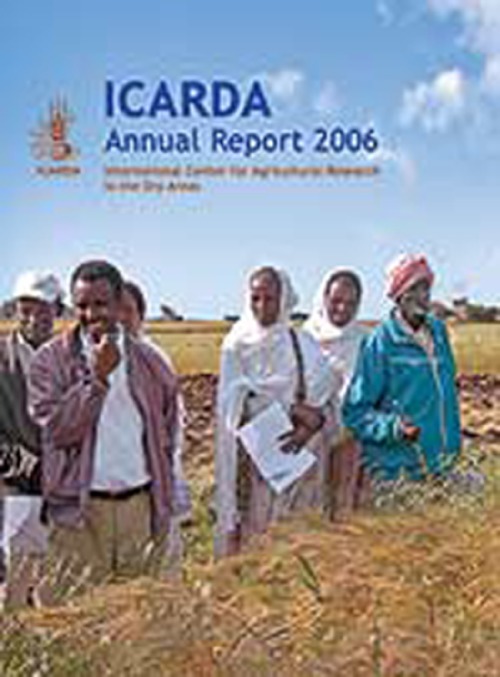REDD strategies for high carbon rural development
Large areas of the humid tropics are like mosaics, combining features of forests and agriculture and housing hundreds of millions of people. Land uses that store high quantities of carbon, such as agroforestry and other tree-based systems, make up a large part of those mosaic areas. Yet current discussions on reducing emissions from deforestation and degradation (REDD) within the UNFCCC do not adequately address these land uses as part of a potential mitigation strategy.








